Months after fire tore through Los Angeles’ Pacific Palisades neighborhood, homeowners are struggling to get reimbursed — not for houses reduced to rubble, but for the damage of smoke and toxins in the properties that remain.
For residents such as Keri Homolka, fighting for a payout has become a full-time job. The Jan. 7 blaze caused the window frames of her home to buckle and crack. Paint on the walls bubbled. While the residence was spared from total destruction, its insides were tarnished by ash and soot, residue from the burned-out houses on either side.
Related: Climate Group Says State Farm Rate Hike to Cost California Homeowners $1,000
The 76-year-old retiree and her husband, who have owned the home since 1999, spent more than $100,000 on testing, cleanup, hotel stays and repairs after discovering elevated lead levels in the dust. Homolka said their insurer, California’s FAIR Plan, has paid just $15,000 of their claim.
“We’re bleeding money,” she said. “We’re back in our home, but it’s just not fair. You pay all this money for insurance, and then it’s nothing.”
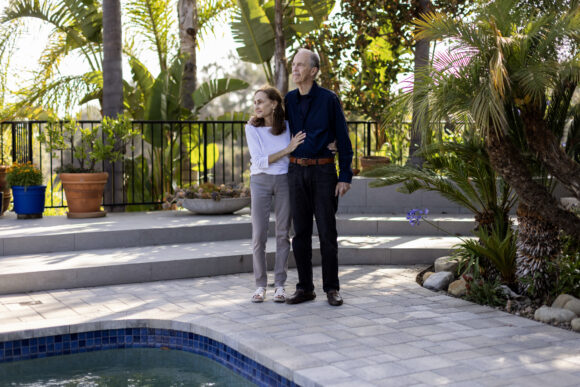
Although their homes might still be standing, many victims of the January fires now find themselves navigating similar insurance ordeals, from costly and time-consuming delays to outright claim denials. While multiple insurance providers have been the subject of complaints, the California FAIR Plan is under particular scrutiny. The state’s insurer of last resort is facing an investigation by the California Department of Insurance as well as lawsuits from policyholders.
As of May, the Department of Insurance’s consumer services division had received about 120 complaints regarding FAIR’s handling of smoke damage claims related to the LA-area wildfires. The situation is so difficult that some homeowners say they wish their house had simply burned down, said Michael Soller, the department’s deputy commissioner of communications.
Related: Homeowners Suing USAA and AAA Insurers Over LA Wildfires
“That’s a terrible place to be,” he said.
The wildfires have placed in stark relief the challenges of barebones insurance policies at a time when traditional insurers are pulling back from areas prone to climate disasters. The FAIR Plan accepts properties that private insurers have deemed too risky to cover.
FAIR Plan policies grew by 85% last year in a ZIP code central to Pacific Palisades. In that same area, State Farm, California’s biggest insurer, cut nearly 70% of its policies, including Homolka’s.
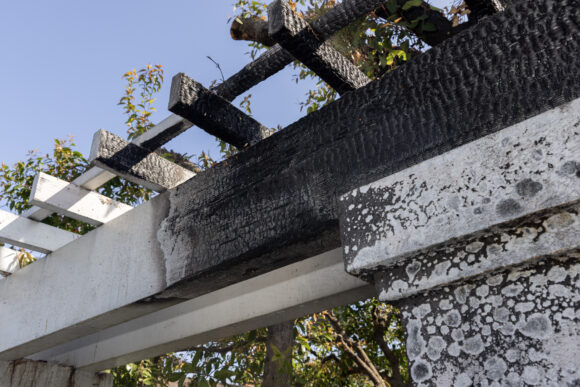
The Department of Insurance earlier this month launched a separate probe into State Farm’s handling of claims from the Palisades blaze and the Eaton Fire, which nearly leveled the community of Altadena northeast of Los Angeles. Among the complaints filed to the insurance commissioner are disputes over how the company is handling smoke damage claims, Soller said.
In a June 12 statement posted on its website, State Farm said it is cooperating with the Department of Insurance and will comply with the agency’s market conduct exam process.
“A fair review will find that thousands of State Farm customers are being helped by our teams on the ground in Los Angeles County and are very satisfied,” the insurer said.
As of May, FAIR had received more than 5,000 claims for damages caused by the Eaton and Palisades fires, of which more than half are reported as partial loss, including smoke damage. The higher share of complaints have come from Pacific Palisades, given the plan’s dominance in that area. The plan said that as of early May it had paid $2.7 billion in claims, including for smoke, tied to the blazes.
Last month, the Department of Insurance sent a letter to FAIR demanding that it amend its policy and investigate smoke damage claims fairly. The department has deemed FAIR’s policy provisions as “void and unenforceable” because they don’t provide the minimum level of coverage as mandated by California law, according to the letter.
“The language in their policy form differs from every other insurance company and standard language,” Soller said. “Putting people back in a home that isn’t safe is not acceptable.”
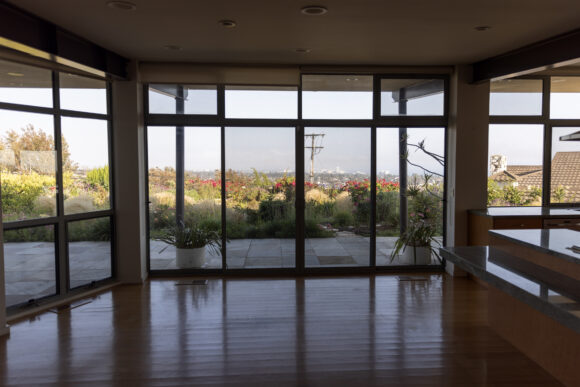
The FAIR Plan says its policies are consistent with other insurers, requiring direct physical loss for there to be coverage. The Department of Insurance alleged in its letter that the plan’s policy provisions for such losses use “narrow definitions as a means to exclude coverage for smoke claims.”
Elise Klein, FAIR’s chief legal officer and general counsel, said in a response that the insurer disagrees with some of the department’s claims and that it will work to reach an agreement on language about smoke coverage.
“The FAIR Plan pays all covered claims, including smoke claims, consistent with California law and its policy forms, which are approved by the California Department of Insurance,” said Hilary McLean, a spokesperson.
Lead, Asbestos
Christian Rovsek runs ServiceFirst Restoration Inc., a contractor that has serviced smoke-damaged properties in the Palisades and Eaton fire areas, and said almost every house he’s tested for toxins has come back with findings of lead and asbestos.
Those homes require special cleaning and disposal protocols, he said. That can involve everything from removing attic insulation to duct cleaning and using special equipment like air scrubbers, HEPA vacuums and chemical sponges. Remediation can cost $50,000 to $100,000, he said.
Rovsek said his customers on the FAIR Plan struggle to even get an adjuster on the phone, let alone a claim paid. “It’s almost as if they’re not insured,” he said. As a result, he’s started offering his those clients a pared-back service that skips more costly measures like cleaning inside drawers and cabinets.
Some residents have seen better results. Kevin Minds’ Palisades home is still standing after every house across from his burned down. He has so far received more than $200,000 in reimbursements from his insurer, USAA, and expects to get more.
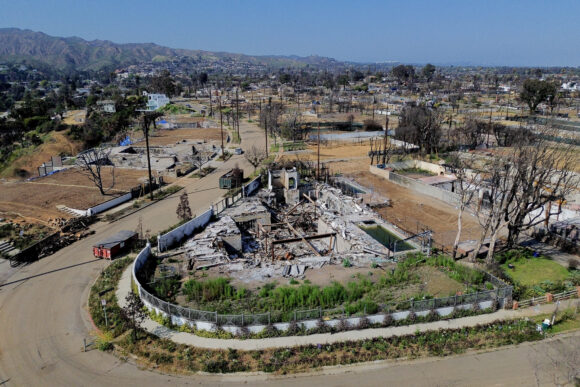
Minds’ home suffered some bubbling on the roof and ash and soot throughout. He paid Rovsek’s company about $96,000 for remediation after testing revealed elevated levels of lead, and is set to shell out another $20,000 once his insurance payout is approved. He expects to pay an additional $113,000 to have all the items in his home packed out and cleaned, as well as upwards of $370,000 on a new roof, furnace and HVAC system, as well as flooring, his pool, solar and landscaping. He will seek reimbursement for as much as possible.
“I’m in pretty good shape,” said Minds, a 64-year-old aerospace engineer. “I’m not on the California FAIR Plan.”
Lawsuits against FAIR are mounting. J. Eli Wade-Scott, a global managing partner at Edelson PC, said his firm, alongside co-counsel Kerley Schaffer LLP, currently represents more than 100 clients from the Eaton and Palisades fires suing FAIR for its handling of smoke claims.
The lawsuits allege that FAIR uses illegal policy language to deny smoke damage claims, resulting in failures to thoroughly investigate wildfire losses, test homes and property for toxic smoke contamination and reimburse policyholders for necessary tests and repairs.
Setting Standards
The Department of Insurance is evaluating FAIR’s response to its letter and next steps. In the meantime, Commissioner Ricardo Lara has launched a task force to set standards for inspecting, testing and remediating properties with smoke damage, as well as determining which agencies would be involved in creating and enforcing those standards.
“Elected officials need to do something,” said Philip de Vellis, 51, a political consultant whose mother’s home in Pacific Palisades was damaged. “It’s clear that the California FAIR Plan was not set up to deal with a catastrophic situation and service it like they should.”
De Vellis said his mother, who died this month at age 87, was forced on to the FAIR Plan when State Farm cancelled her policy a few months before the blaze. While her house survived, heavy winds and cracks in the windowpanes meant that a good portion of the interior was covered in toxic ash.
So far, de Vellis has spent about $70,000 on remediation and having personal items cleaned. He also paid $15,000 a month for his mother to live in an assisted living facility near his home in Washington, DC, before she passed away. She received far less — about $48,000 — in reimbursements from FAIR for living expenses and remediation, de Vellis said. He had to throw away most of her belongings, because estimates to properly clean them were too high.
Homolka and her husband have since moved back into their home in the Palisades. To save on expenses, they opted to only have the floors, walls, ceilings and cabinet fronts cleaned, rather than having everything in the house taken out and professionally remediated.
If FAIR “came through with $25,000 or $30,000, we’d be overjoyed,” she said. “But I doubt they would.”
Top photo: Homes destroyed by the Palisades Fire. Photographer: Roger Kisby/Bloomberg.
Topics Louisiana
Was this article valuable?
Here are more articles you may enjoy.


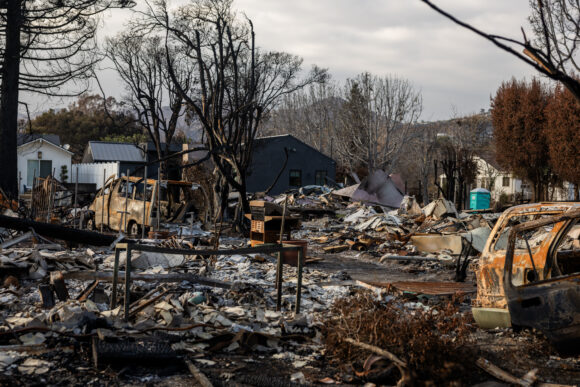
 State Farm Sued Over Policies Backed by Distressed Insurer PHL
State Farm Sued Over Policies Backed by Distressed Insurer PHL  Airline Pilots Hide Mental Health Struggles to Keep Flying
Airline Pilots Hide Mental Health Struggles to Keep Flying  Litigation Finance Hits a Wall After Bets on Huge Gains Falter
Litigation Finance Hits a Wall After Bets on Huge Gains Falter 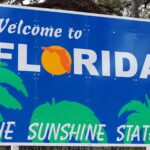 Surveys Show Concerns About Florida Market, But Consumers Are Warming Up
Surveys Show Concerns About Florida Market, But Consumers Are Warming Up 

